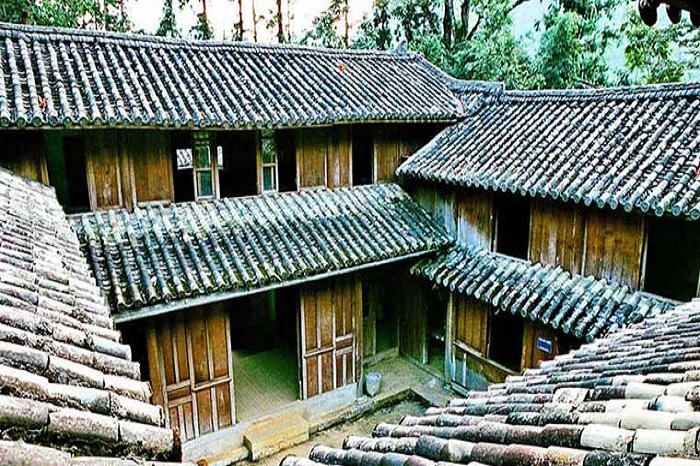
The most beautiful setting for the Hmong King in Ha Giang
- on Jan 4, 2020 By: BN
Located in the Sa Phin Valley and surrounded by limestone mountains, the Vuong family palace is the symbolic image of Ha Giang where the most powerful family in the land lived. Its owner, Vuong Duc Chinh was honoured by the Meo or the Hmong as the king to manage the four districts: Quan Ba, Yen Minh, Meo Vac and Dong Van. Almost a century old, this triumphal-looking structure is remarkable for many peculiarities both by its architecture and its history. This residence of great originality, unique in the region, has stood the test of time to establish itself as an unmissable stopover of Ha Giang.

On a 1,200 m2 plot in the shape of a turtle shell sits the palace of King Vuong, who wanted it to be a private fortress, a style of architecture never seen at the time. At first glance, it is protected by a giant wall with steep mountains across, with secular trees "Sa mu" (cunninghamia) at two sides of the main entrance.
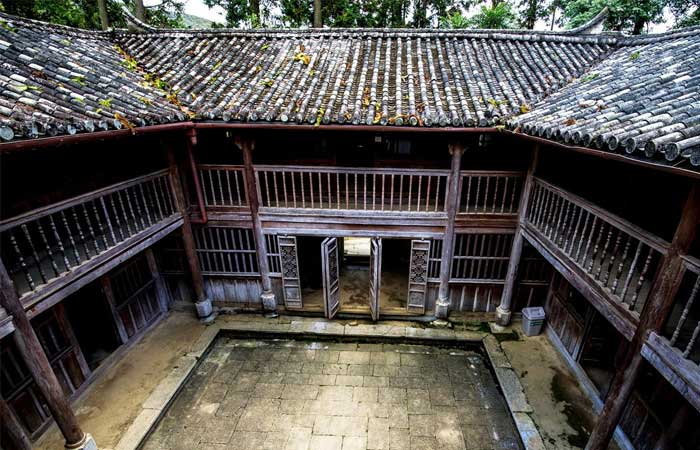
This large house is distinguished by thick carved walls with battlements everywhere outside, solid stones and precious woods as materials inside. Its construction alone lasted eight years while this work involved the meticulous study of a Chinese geomancer and the hard work of many talented craftsmen, local workers and also Chinese.
Inspired by a feudal style, the palace consists of three large spans, each for its purpose. The first in front served as a house for servants and guardians, bordering on the majestic trees imported from China as protector of the family. Next is the main span, also the supreme bay where the king and his descendants worked. Here is also the place of worship of the ancestors of the Vuong family. Finally, in a quieter atmosphere is the residence housing around fifty rooms where the generations of the family lived. Nearby there are also two storage rooms for opium and treasure. A courtyard behind houses the tombs of King Vuong Duc Chinh and his son Vuong Chi Sinh.
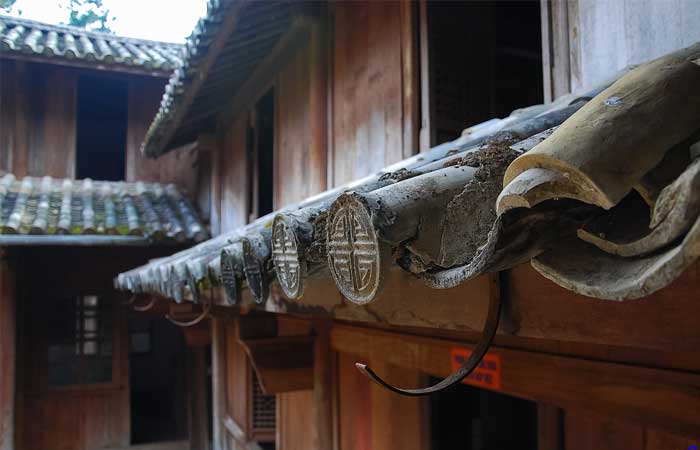
While the overall architecture is considerably steeped in Chinese culture, the ornamental motifs typical of the Hmong are still visible.
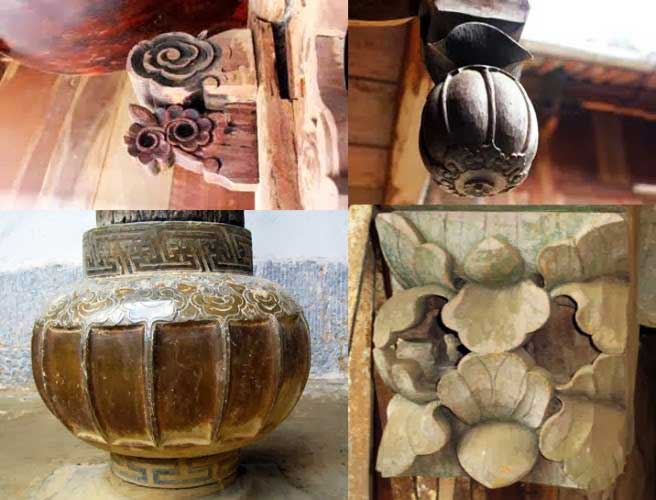
Its floors, whose roof is covered with yin-yang tiles, constitute a skylight creating an atmosphere that is both refreshing and respectful of geomancy. Wood and stone carvings, carved on the columns from one room to the next, embody the aspiration for prosperity and longevity such as dragons, phoenixes, and bats. In the middle of the dark and mossy walls, one will have the impression of being lost in the mystery of a distant legend that the populations of Ha Giang never cease to weave with their imagination.
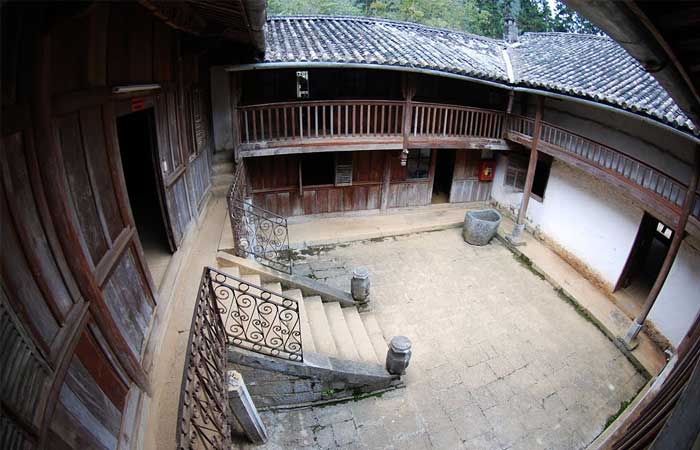
Over the years, the Vuong family's jewels have stood the test of time, a period in which the hereditary nobility reigned in the country of the Ha Giang ethnic minorities. This palace was recognized as a national heritage in 1993 and the descendants of the Hmong King transferred its management to the state at will in 2004.

Location: Sa Phin commune, Dong Van district, Ha Giang province, 15km from Dong Van centre to the west, 130km from Ha Giang city to the Northeast.
How to get there?
- Leaving from Ha Giang city, take the Hanh Phuc (Happiness) road on the national road 4C, to Dong Van, you will reach the palace of the Vuong family along the way.
- Depart from Dong Van, take the Hanh Phuc road to Quan Xin Ngai, there are two possible accesses:
- On the left, you will pass Thai Phin Tung, the palace is 15km away, very close to the Sa Phin market.
- If you continue the Hanh Phuc road, the site is about 22km away.And please take note that not far from the palace of the king of Hmong, you can also appreciate an authentic corner of Ha Giang by visiting the old Dong Van district.
You would also like to read:
>> The mountain markets in Ha Giang, colours of the karst mountains
Comment
Other Blog
Categories
Latest News
on 27 Apr, 2023      
on 15 Apr, 2023      
on 28 Mar, 2023      
 Español
Español Français
Français







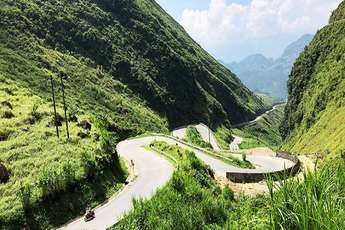

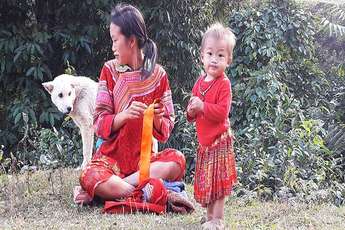

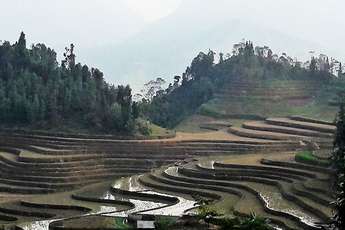







F
on Jan 3, 2024Igor Mozetic
on Apr 8, 2023Ira Beale
on Feb 10, 2023Phạm Phú Toàn
on Jan 28, 2023Max Stover
on Jan 11, 2023